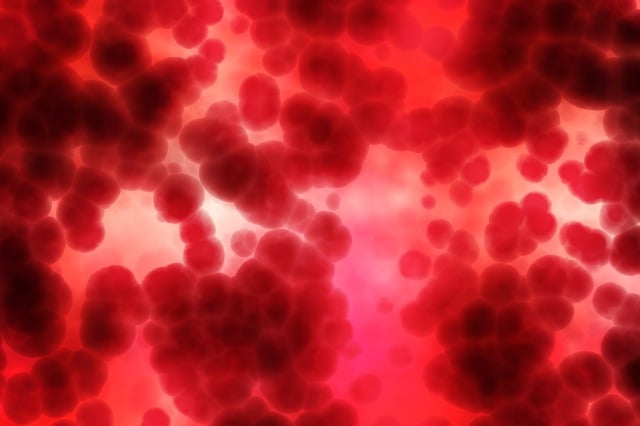Researchers at the Indian Institute of Science (IISc) have made a breakthrough in medical science, developing an artificial metal-based nanozyme with the potential to prevent abnormal blood clotting.
Blood clotting, or haemostasis, is a vital physiological process that normally protects the body from excessive bleeding after an injury. However, in certain conditions, this intricate process can go awry. Abnormal blood clotting is a major cause of life-threatening conditions such as pulmonary thromboembolism (PTE) and complications in diseases like COVID-19.
When signals from physiological agonists like collagen and thrombin lead to an increase in oxidative stress and toxic Reactive Oxygen Species (ROS), platelets – specialized blood cells crucial for clot formation – become over-activated.
This can lead to the formation of excess clots within blood vessels, a dangerous condition known as thrombosis. Thrombosis is a leading cause of morbidity and mortality worldwide.
Addressing this critical challenge, a team led by Professor G. Mugesh from the Department of Inorganic and Physical Chemistry at IISc has engineered nanomaterials that mimic the activity of natural antioxidant enzymes.
These innovative nanozymes work by effectively controlling ROS levels, thereby preventing the over-activation of platelets and the subsequent formation of harmful blood clots.
The research team meticulously synthesized redox-active nanomaterials of various sizes, shapes, and morphologies through a series of controlled chemical reactions.
They then conducted rigorous tests using human platelets, activating them with physiological agonists to observe how effectively the different nanozymes could prevent excess platelet aggregation.
Their findings revealed that spherical-shaped vanadium pentoxide (V2O5) nanozymes were the most efficient.
These remarkable materials emulate the function of glutathione peroxidase, a natural antioxidant enzyme, to significantly reduce oxidative stress.
“The unique chemistry of the vanadium metal is crucial because the redox reactions that reduce ROS levels are happening on the surface of the vanadium nanomaterial,” explained Professor Mugesh.
In a promising development, the team successfully tested the nanozyme in a mouse model of PTE. The results were highly encouraging, demonstrating a significant reduction in thrombosis and an increase in the survival rates of the animals.
Furthermore, extensive monitoring of the animals’ weight, behavior, and blood parameters for up to five days post-injection revealed no observed toxic effects, highlighting the potential safety of the nanozyme.
Looking ahead, the researchers are optimistic about the future applications of their discovery. They plan to further explore the efficacy of the nanozyme in preventing ischemic stroke, another devastating condition caused by the clogging of blood vessels.

